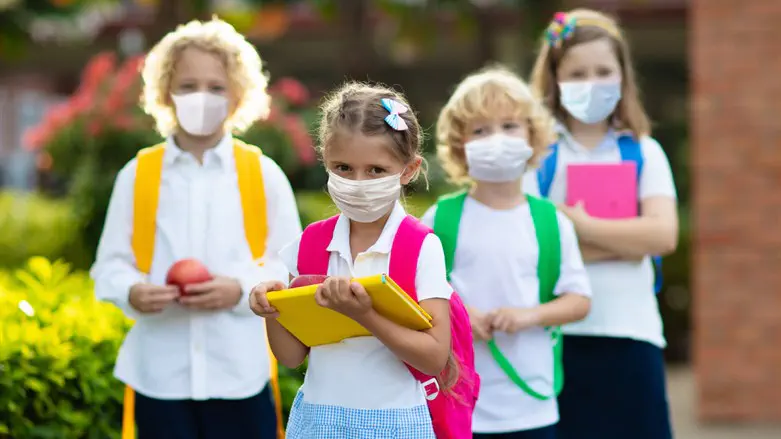
Over two years into the COVID epidemic, scientists have made little progress in understanding why some people are more susceptible to the disease than others. There is, however, some consensus on which types of people fall into high-risk categories, just as there is consensus on the widely observed phenomenon that children are at very low risk of either severe COVID symptoms, complications, or death.
“A number of theories have been suggested, including a more effective innate immune response, less risk of immune over-reaction as occurs in severe Covid, fewer underlying co-morbidities and possibly fewer ACE-2 receptors in the upper respiratory epithelium — the receptor to which SARS-CoV-2 [Covid] binds,” Dr. Andrew Freedman, an academic in infectious diseases at the U.K.’s Cardiff University Medical School, told CNBC in emailed comments.
Freedman added, however, that the phenomenon was not “fully understood,” and that more research is needed on the subject.
To date, studies looking at childhood COVID infection have examined the difference in immune response between adults and children, with the latter found to have a more robust response, as well as higher “innate” protection. Two studies, published in Nature, found that the immune responses of children deployed interferons more rapidly than those of adults, leading to quicker and more effective restriction of viral replication.
Kristin Mondy, a division chief of infectious diseases at the Dell Medical School at The University of Texas, told CNBC that, “The best evidence to date supports the hypothesis and findings that children have a stronger innate immune response compared to adults, particularly in nasal mucosal tissue where immune cells can more rapidly control and eradicate the virus compared to adults.”
Another key difference between children’s and adults’ response to COVID infection relates to the fact that in general, children have wider exposure to viruses, especially at school. Some of these viruses will be coronaviruses (common colds) which appear to provide a level of immunity to COVID.
“Up to 10 or 12 years old, children go through a lot of infections … they get lots of contact with other coronaviruses at this time,” explained Ralf Reintjes, professor of epidemiology at the Hamburg University of Applied Sciences. “So their immune system is in training anyway, and is very young and fit … and they have much stronger immune response than adults who tend to get less of those kinds of infections.”
According to the results of a study published toward the end of 2021, just 25 children under the age of 18 died “of COVID” during the epidemic’s first year in the UK (up to February, 2021), out of a total of 3,105 child deaths during that time. Of those 25, 19 had chronic underlying health conditions, and regarding the remaining 6, the study’s authors noted that unidentified comorbidities or genetic predispositions to severe disease could not be ruled out.
The study concluded that COVID “is very rarely fatal” even among those children with underlying comorbidities. Almost half a million children are estimated to have contracted the virus during that period, making the case fatality rate just 0.005%, or 1 in 20,000 children. However, many more children may have contracted COVID without experiencing symptoms, making the actual fatality rate significantly lower.
Statistics in the United States are similar; according to the American Academy of Pediatrics, “Among states reporting, children were 0.00%-0.27% of all Covid-19 deaths, and 3 states reported zero child deaths.”

